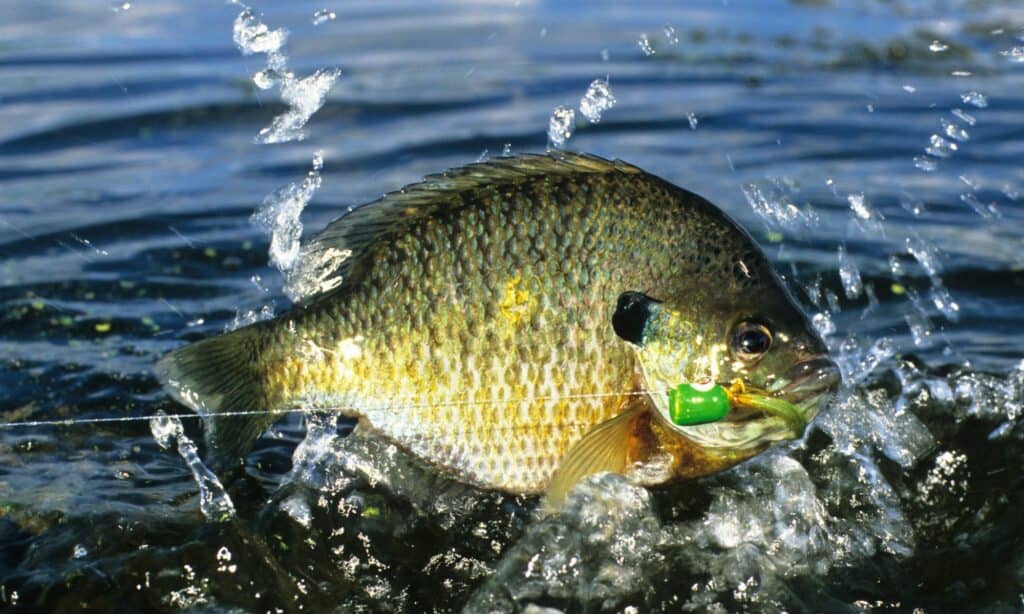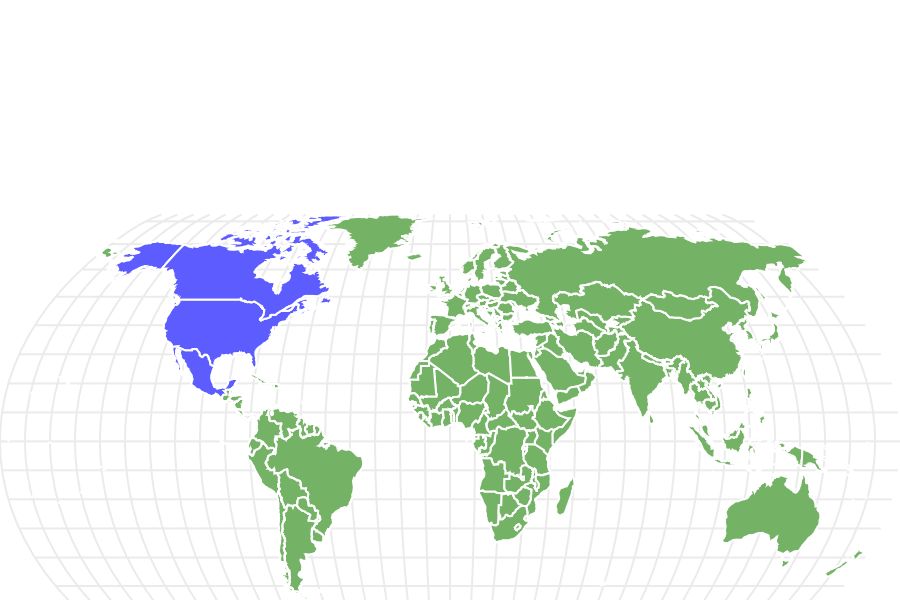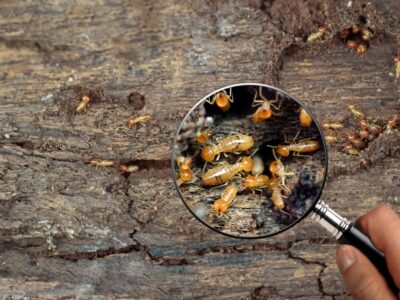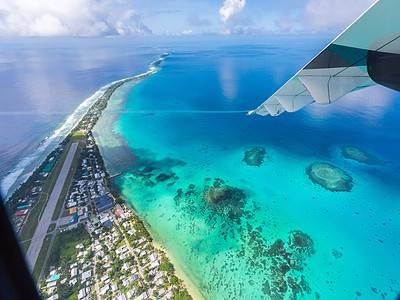Bluegill
Lepomis macrochirus
The world record for longest bluegill is 15 inches.
Advertisement
Bluegill Scientific Classification
- Kingdom
- Animalia
- Phylum
- Chordata
- Class
- Actinopterygii
- Order
- Perciformes
- Family
- Centrarchidae
- Genus
- Lepomis
- Scientific Name
- Lepomis macrochirus
Read our Complete Guide to Classification of Animals.
Bluegill Conservation Status
Bluegill Facts
- Prey
- Insects, small crustaceans
- Group Behavior
- School
- Fun Fact
- The world record for longest bluegill is 15 inches.
- Estimated Population Size
- Unknown
- Biggest Threat
- Recreational fishing
- Most Distinctive Feature
- Black spot on its dorsal fin
- Other Name(s)
- Bluegill sunfish, Bream
- Gestation Period
- 3 days
- Optimum pH Level
- 7.0-7.5
- Habitat
- Lakes, streams
- Predators
- Birds, raccoons, large fish, humans
- Diet
- Carnivore
- Type
- Perciformes
- Common Name
- Bluegill
- Number Of Species
- 38
View all of the Bluegill images!
Bluegill are caught for fun as well as in fishing competitions.

Bluegills are called panfish because their body shape and size make them a perfect fit for a frying pan! They are found in freshwater lakes and streams.
3 Incredible Bluegill Facts!
- Backward swimmers: Bluegills can swim in a backward motion. They use special muscles in their pectoral, anal, and dorsal fins to move in this unusual way.
- Changing color: During the breeding season, a male bluegill’s belly scales turn bright orange.
- Hybrid activity: A hybrid bluegill is a result of breeding a green sunfish with a bluegill.
Bluegill Classification and Scientific Name
Lepomis macrochirus is the scientific name of the bluegill. The Greek word Lepomis translates to scaled gill cover and macrochirus means large hand. The Lepomis genus is also referred to as true sunfish. Bream and perch are other names for this fish as well as bluegill sunfish.
The bluegill is in the order Perciformes, family Centrarchidae, the sunfish family. The Centrarchidae family includes the bluegill along with 37 other species. Some notable sunfish include:
- Redbreast Sunfish: These fish are longer than bluegills at an average of ten inches. They have reddish-orange scales and long black opercular flaps.
- Green Sunfish: This fish is plentiful in the United States. Unlike bluegills, they are bright green with a yellow underside. Hybrid bluegill is made by breeding male bluegill with a green sunfish.
- Pumpkinseed Sunfish: These fish have a small mouth like bluegill, but their blue scales are sprinkled with spots of orange.
Bluegill Appearance

Bluegills have a thick body, small mouth, dark stripes, and a dark spot at the end of the dorsal fin.
©iStock.com/stammphoto
Bluegills average 4 to 8 inches in length and weigh 1 to a little over 2.5 pounds. The world record for the longest bluegill is 16 inches. This world record holder weighed in at 4 pounds, 12 ounces.
They have a thick body with a small mouth. Their scales can be brown, olive green, orange, yellow, blue, black, or a combination. They’re known for their dark stripes and the dark spot at the end of their dorsal fin.
Bluegill vs. Sunfish
When comparing these two fish, keep in mind that the bluegill is in the sunfish family. Bluegills and many other types of sunfish are about the same length. Plus, many share the same scale colors. But there are differences between bluegills and other types of sunfish.
One way to distinguish bluegill from other sunfish is to look for the dark spot on its dorsal fin. Another way is to look for a bluish tinge of scales that the bluegill has on its face that other sunfish don’t have.
Bluegill Distribution, Population, and Habitat

Bluegills live in warm, freshwater lakes and slow-moving streams in North America.
©Stacey Ann Alberts/Shutterstock.com
Bluegills live in the United States, Mexico, and Canada. Their exact population is unknown, but it’s described as stable. They are listed as Least Concern.
They live in warm, freshwater lakes and slow-moving streams. They are abundant in lakes and streams from California stretching across the United States to the east coast. In addition, bluegills are found in ponds and lakes from the southern part of Quebec all the way down to northern Mexico.
During the breeding season, bluegills move to shallow areas of water measuring three to five feet deep. This is where the male makes a nest in the sand. As the cold weather season sets in, these fish venture to deeper parts of the lake. They stay near the bottom as their metabolism slows to conserve energy.
Bluegill Predators and Prey
Great blue heron, raccoon, trout, and largemouth bass are all animals that eat bluegill. These predators also prey on bluegill eggs and juveniles.
Adult bluegills have two main defenses against predators. One is to hide inside submerged logs and other debris. The other defense is their speed. They can swim away quickly, change direction, and even swim backward.
Bluegills are carnivores. They are adaptable to eating almost any type of small prey they can find such as insects, insect larvae, and tiny crustaceans, fish eggs, and practically any type of bait.
Bluegill Reproduction and Lifespan

Warmer weather signals bluegill breeding season when males prepare a nest and grunt to attract females.
©iStock.com/mpwoodib
Bluegills are sexually mature at two to three years old. The rising temperature of the water in the springtime signals the start of the breeding season. Generally, this time spans from May to September.
The male bluegill makes a nest in a shallow area of a stream or lake by waving its tailfin to clear the sand away. This makes a depression several inches deep. A male sits in the nest and makes a grunting noise to attract females. When a female appears, the fish swim around each other and mate. The female lays her eggs in the depression. She can lay as many as 50,000 eggs! The male guards the eggs until they hatch just three to five days later.
Bluegills live for four to six years.
Bluegill in Fishing and Cooking
Fishing for bluegills is done both competitively and recreationally. Spring and summer are the best seasons to find these fish. They are in the shallow water for breeding and are more responsive to taking the bait.
Bluegills are often used as models for plastic swimbait. Swimbait is a lure that looks and moves like a small fish on a hook. Bluegills are eaten by trout and bass in the wild, so it’s not surprising there is swimbait made to look like them. Thousands of pounds of bluegills are caught each year.
Bluegills are tasty fish to eat! Plus, they are easy to fry in a pan over a fire. Bluegills contain no carbohydrates and 21 grams of protein, so they are nutritious. They are especially delicious with parmesan cheese. These fish are consumed throughout the United States.
View all 285 animals that start with BBluegill FAQs (Frequently Asked Questions)
Where are bluegills found?
They are found in freshwater lakes and streams throughout the United States, in southern Canada, and northern Mexico.
Are bluegill good eating?
Yes, they are good for eating.
Can bluegill hurt you?
Maybe. This fish has some relatively sharp spines on its fins, but these aren’t capable of causing great injury.
Are bluegill predators?
Yes. They prey on insects, fish eggs, and crustaceans.
Is a bluegill a trout?
No.
What does bluegill eat?
They eat insects and crustaceans.
How do you catch bluegill?
Whether you’re fishing for fun or trying to set a new world record, it’s best to use a worm or a large size insect as bait.
Thank you for reading! Have some feedback for us? Contact the AZ Animals editorial team.
Sources
- Washington Department of Fish & Wildlife, Available here: https://wdfw.wa.gov/species-habitats/species/lepomis-macrochirus#state-record
- Montana Field Guide, Available here: https://fieldguide.mt.gov/speciesDetail.aspx?elcode=AFCQB11060
- Wikipedia, Available here: https://en.wikipedia.org/wiki/Centrarchidae
- Fishing Booker, Available here: https://fishingbooker.com/blog/types-of-sunfish-in-north-america/
- US Fish & Wildlife Service, Available here: https://www.fws.gov/species/bluegill-lepomis-macrochirus
- DNR Maryland, Available here: https://dnr.maryland.gov/ccs/Documents/education/Biology-of-Bluegill.pdf
- Life of Fish, Available here: https://lifeoffish.com/bluegill-hybrid-or-hybrid-bluegill-14-pretty-impressive-facts/


















